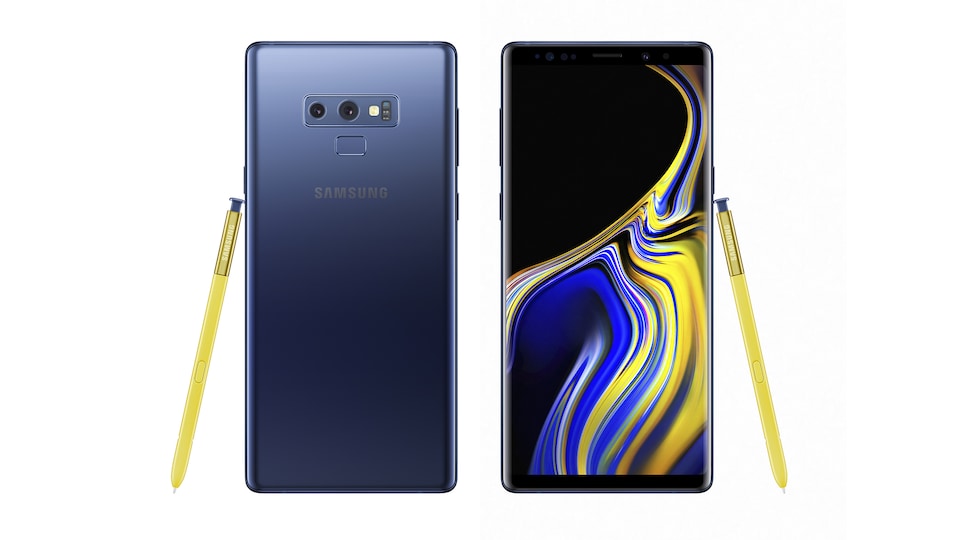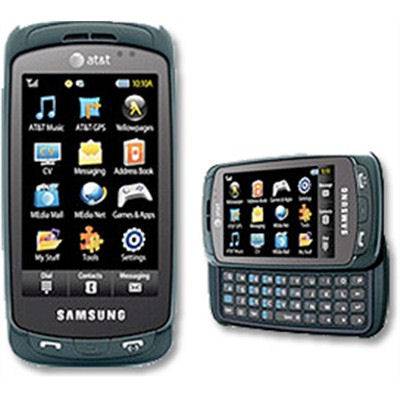
While it clips along fairly briskly, the interface doesn’t make much sense to first-time users, and probably won’t after using it for a while, either.
#SAMGSUNG IMPRESSION WINDOWS#
If there’s a major catch lurking under all of this, it’s the relatively lame Windows Mobile 6.1 operating system with Samsung’s own TouchWiz interface built over the top.

On the other hand, a pronounced shutter key that brings up a ready-to-shoot camera in under two seconds is a definite winner – as are the relatively high-quality shots from the 3.0-megapixel shooter. The call, back and end-call buttons on the face of the phone all make navigating a cinch, but we weren’t as fond of the slender shortcut key and unlock button on the sides, which delivered zero feedback and sometimes required a fingernail to jab. Haptic feedback, which makes the phone buzz when you press an icon, makes a nice (literal) touch, as well. Using a capacitive touch screen (the type used on the iPhone) makes the Impression feel more sensitive and agile than clumsy resistive screens, but without preprogrammed momentum, scrolling still feels like a chore that requires you to paw endlessly at the screen. This is the kind of keyboard you use to idly tap out a page-long e-mail without even realizing it. The sliding mechanism to kicks out effortlessly, and we especially liked the roomy, rubbery feeling keyboard, which delivers a satisfying click with every press and took almost no time to acclimate to.
#SAMGSUNG IMPRESSION FULL#
Samsung has bedded this glittery diamond of a display into a comparably swank setting: a chrome-trimmed, rounded-edge slider with a full QWERTY keyboard hiding within. Despite its rich color reproduction, the 240 x 400 resolution on the display is only adequate, giving it less of a crisp feel than more tightly packed LCDs in phones like the HTC Touch Diamond. Boosting brightness to its max ups the wow factor even more without even a hint of washout, and helps shake off sunlight, too. The colors – reds and yellows especially – seem more vibrant and lively than those you’ve seen on traditional LCD displays, and Samsung has included a variety of super-saturated backgrounds to really show off what it can do. From the moment you flip open the Impression, it’s quite apparent that something different is firing below the glossy 3.2-inch screen on the phone. But do organic light emitting diodes dazzle on phones the same way they do in TVs? Samsung isn’t the first manufacturer to drop a full-color OLED panel into a cell phone, but given the widespread availability and price ($199 on AT&T with contract) of the Impression, it’s the first one you might actually have a shot to own here in the U.S.

While home theater buffs still wring their hands and stock their bank accounts in anticipation of OLED technology big enough to hang in the living room, the age of OLED is already upon the mobile world.


 0 kommentar(er)
0 kommentar(er)
